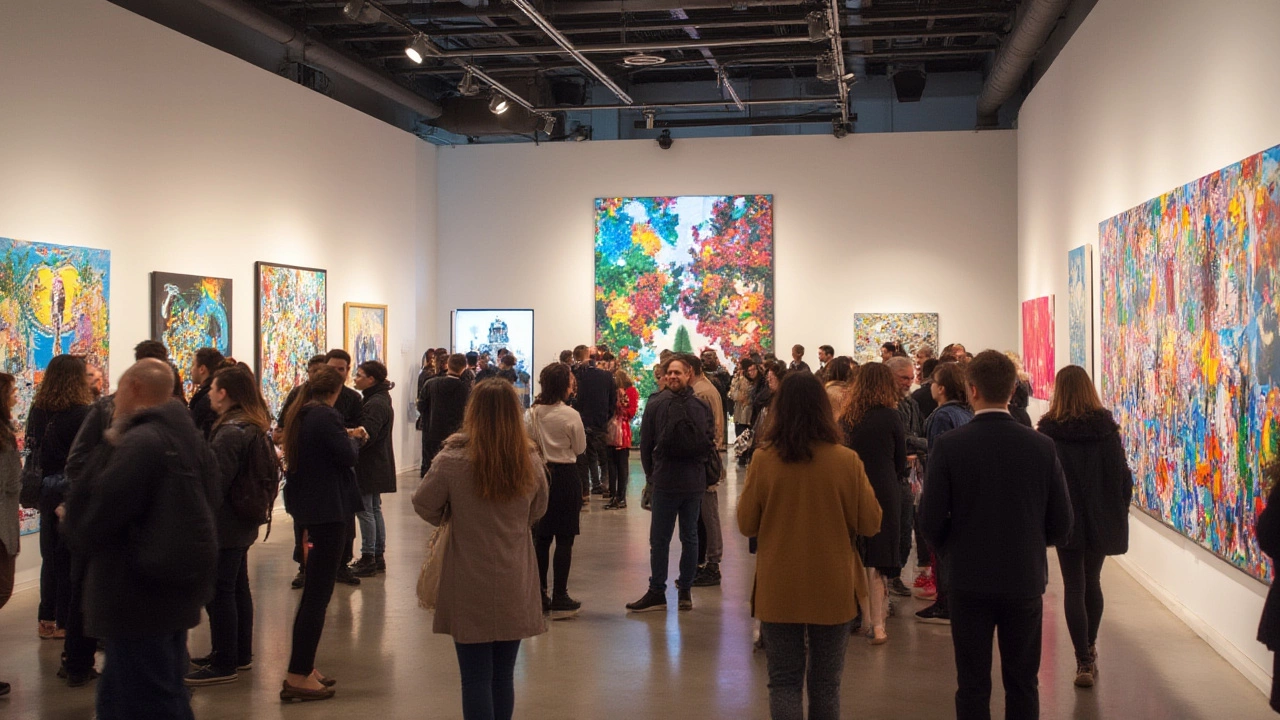Creative Principles: Simple Guides to Boost Your Art
Ever wonder why some paintings just click and others feel off? It’s not magic – it’s solid creative principles. Below you’ll find the basics that work for painters, sculptors, and digital creators alike. Grab a sketchbook and start applying these ideas right now.
Core Principles Every Artist Should Know
1. Composition & the Rule of Thirds – Imagine your canvas split into a 3‑by‑3 grid. Place the main subject on one of the four intersecting points and the scene instantly feels balanced. This trick shows up in landscape painting guides and portrait background tips alike.
2. Color Theory – Choose a limited palette first. Warm colors (red, orange) push elements forward, while cool tones (blue, green) recede. Knowing how to mix a harmonious palette makes a landscape pop and helps you decide the best colours for a portrait.
3. Light & Shadow – Light tells the story. Notice where the light hits, then block in the darkest shadows first. This approach is the backbone of fixing oil painting mistakes; you can glaze over errors by adding deeper shadows.
4. Balance & Visual Weight – Heavy shapes on one side need lighter elements opposite them. Think of a sculpture made from cheap materials – a chunky base balanced by a delicate top keeps it stable and interesting.
5. Eye Contact in Portraits – The eyes draw the viewer in. Position them slightly off‑center and use subtle highlights to make them ‘follow’ you. This small tweak adds emotional punch without extra effort.
Applying Principles in Real Projects
Now that you know the basics, see how they play out in everyday art tasks. Want to rescue a wet oil painting? Start by wiping away the mistake, then use the rule of thirds to place a new focal point, and finish with a fresh glaze that matches your colour scheme.
If abstract art feels confusing, forget the meaning and focus on balance and colour contrast. Pick two dominant hues, place them opposite each other, and let the composition guide the viewer’s eye.
When you’re sculpting on a budget, choose cheap but sturdy materials like cardboard or plaster. Apply balance by making the base wider than the top, and use texture to add visual interest without spending a lot.
Planning a landscape painting? Start with a simple colour palette based on the season – cool blues for winter, warm ochres for summer. Sketch the horizon using the rule of thirds, then layer washes from light to dark to create depth.
For portrait backgrounds, avoid busy patterns. A plain, muted colour lets the subject stand out and keeps the composition clean. Add a subtle gradient to suggest depth without overwhelming the sitter.
Every practice listed here links back to one of the posts on our site – from fixing oil mistakes to understanding abstract meaning. Browse the tag “creative principles” for step‑by‑step guides and real‑world examples.
Start small, test one principle at a time, and watch your work improve. The next time you pick up a brush, pencil, or sculpting tool, remember these fundamentals. Your art will look sharper, feel more intentional, and most importantly, you’ll enjoy creating it more.
